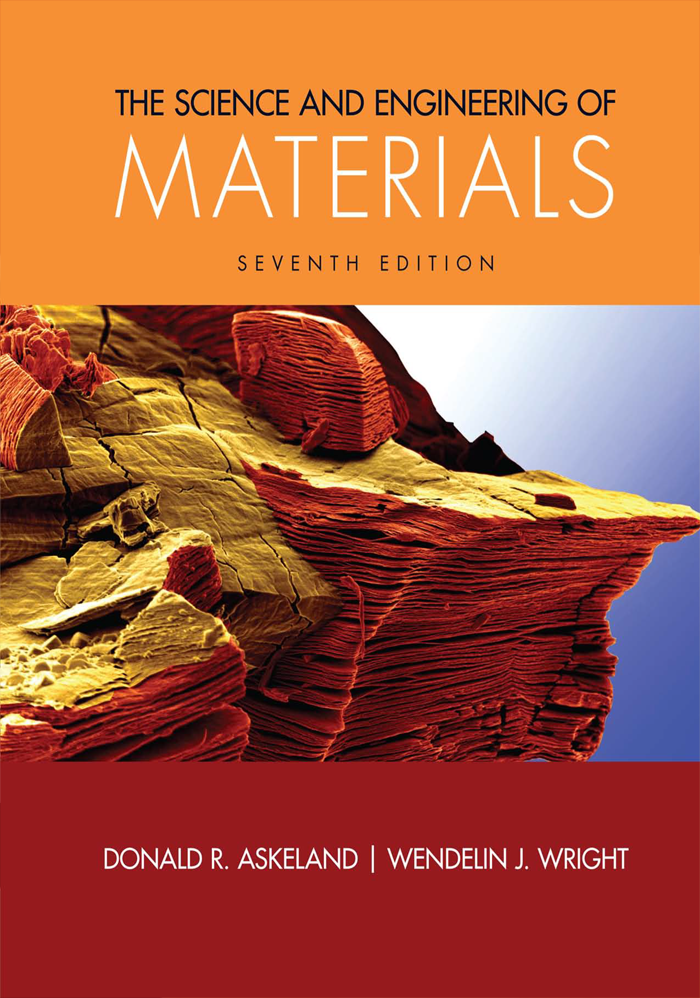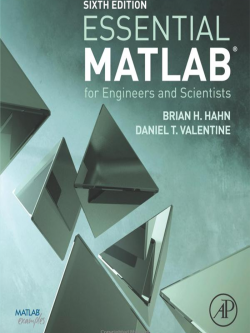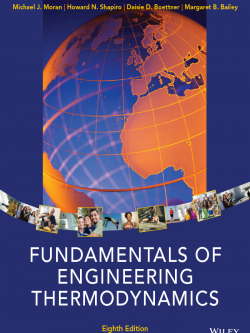Description
The copper age, the iron age, the silicon age . . . eras defned by the materials found in nature, but manipulated by the engineers of their day. The fundamental principles of structure, defects, kinetics, and processing are generally applicable to all materials, while over time our understanding has advanced and incorporated new ideas. As a result, the observable and macroscopic behavior of materials, spanning such varied characteristics as mechanical strength and toughness, electrical conductivity, refractive index, and corrosion resistance, is both understood more deeply and related more directly to underlying atomiclevel phenomena.
Our tools for characterizing and manipulating materials have also grown vastly more sophisticated, allowing for deeper insights into materials structures and phenomena. At the edge of innovation we fnd the discovery—or even the creation—of entirely new materials, often made possible by new processing techniques, by circumventing equilibrium to cause materials to exist in metastable states, and by developing the tools to assemble, form, and study materials at the nanoscale. It is now routine, for instance, to examine materials at the near-atomic level for both structure and composition, using techniques such as high resolution transmission electron microscopy, grazing incidence x-ray diffraction, and electron energy loss spectroscopy.
At the same time, materials processing has advanced to the point where thin flms just a few atomic layers thick can in many instances be grown or deposited, while three-dimensional structures with dimensions of only a few tens of nanometers or less can also be manufactured. The entire electronics industry, for instance, is based on these types of advances. Flat screen televisions, high-speed wireless data systems, portable computation and telecommunication devices, automobiles and other transportation systems . . . these and countless other technologies are all dependent on our contemporary understanding of materials. While not all students who study materials science will be practicing materials engineers, most engineers will in fact work with a diverse materials set,comprising metals, ceramics, plastics, composites, and semiconductors, and across lengths scales from the nanoscale to the macroscale, all within a context of myriad and diverse applications. Materials are an enabling component of what engineers imagine, design, and build. The ability to innovate and to incorporate materials safely in a design is rooted in an understanding of how to manipulate materials properties and functionality through the control of materials structure and processing techniques. The objective of this textbook, then, is to describe the foundations and applications of materials science for college-level engineering students as predicated upon the structure-processing-properties paradigm.
The challenge of any textbook is to provide the proper balance of breadth and depth for the subject at hand, to provide rigor at the appropriate level, to provide meaningful examples and up to date content, and to stimulate the intellectual excitement of the reader. Our goal here is to provide enough science so that the reader may understand basic materials phenomena, and enough engineering to prepare a wide range of students for competent professional practice.





